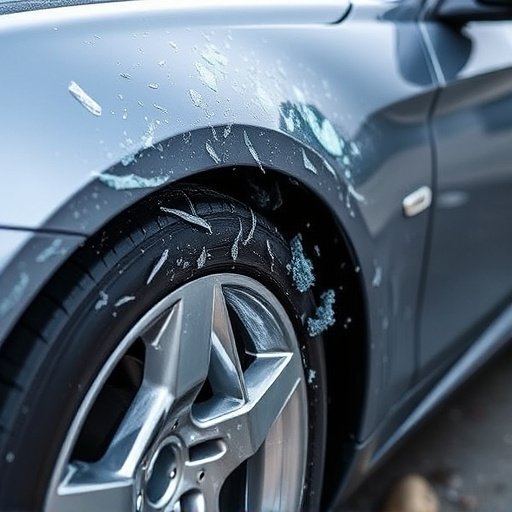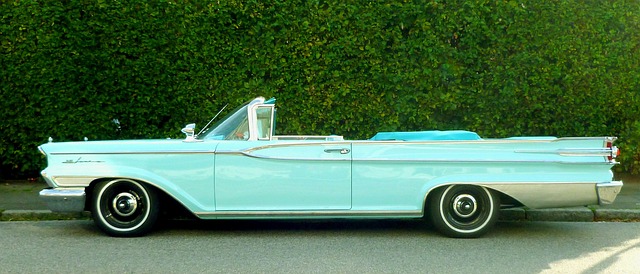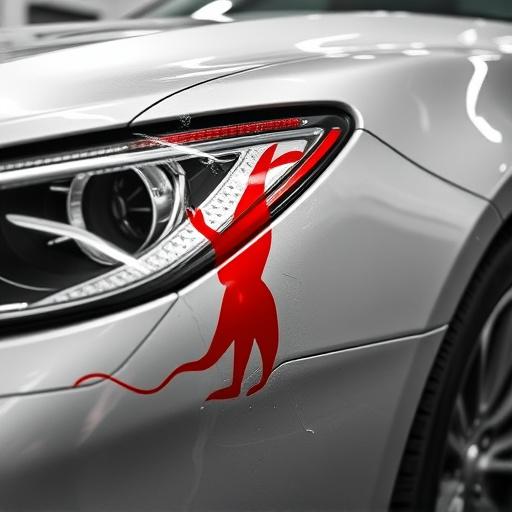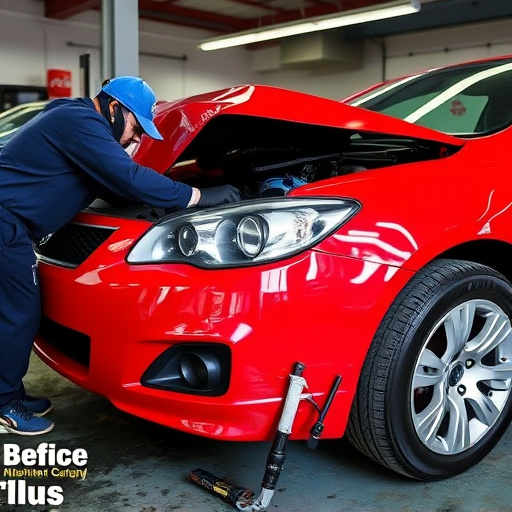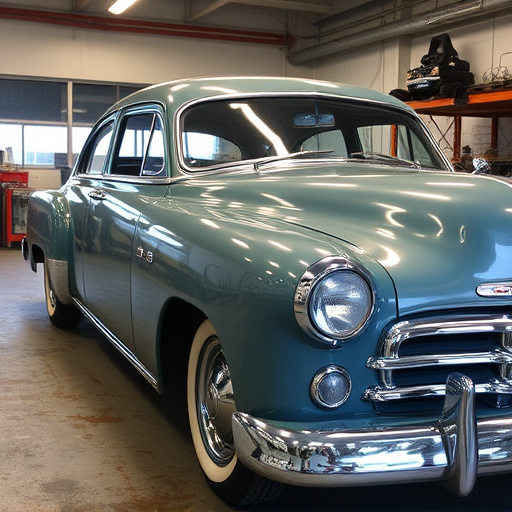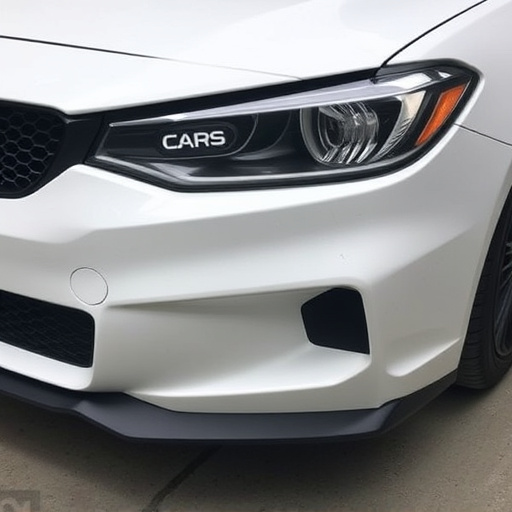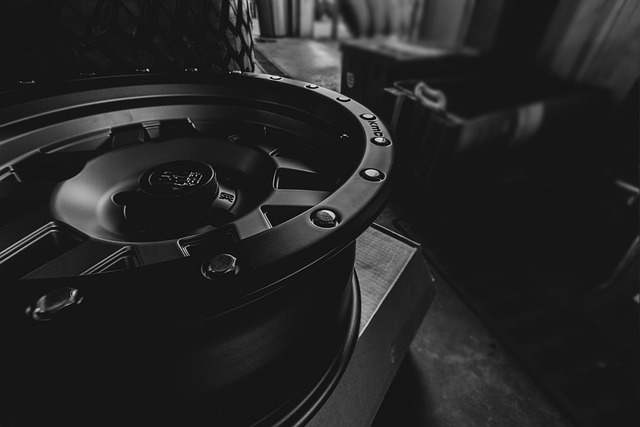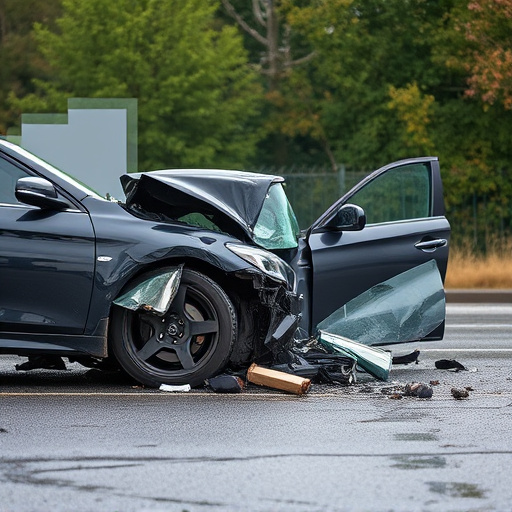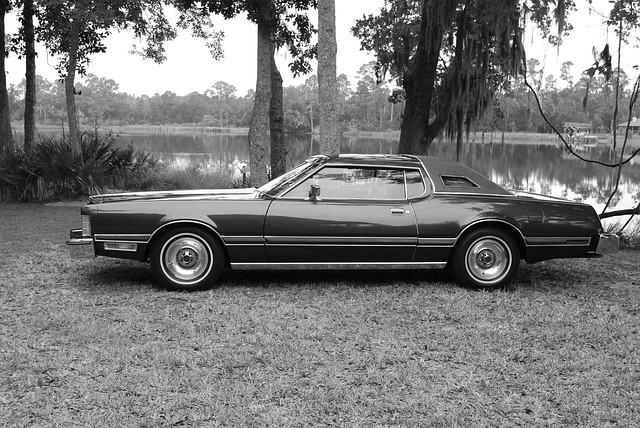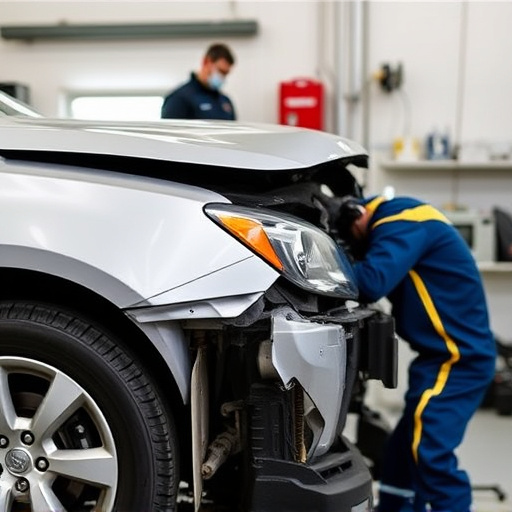Headlight restoration services aren't just about improving driver safety and visibility in low-light conditions; they're a crucial step towards environmental sustainability in the automotive industry. By restoring faded or damaged headlights, these services reduce demand for new assemblies, lower fuel consumption, and minimize raw material extraction. They encourage part reuse, repurposing, and the use of eco-conscious products, aligning with broader sustainability goals. Moreover, headlight restoration extends the lifespan of lighting components, saving energy and resources, and promoting a circular economy.
Headlight degradation, often overlooked, significantly impacts our environmental perception. This article explores how a seemingly minor issue can contribute to a greener future. We delve into the positive environmental implications of headlight restoration services. By promoting eco-friendly practices and conserving resources, these services play a vital role in sustainability. Through understanding the impact of degraded headlights, we can appreciate the importance of regular restoration, fostering a more sustainable approach to automotive care.
- The Impact of Headlight Degradation on Environmental Perception
- How Headlight Restoration Promotes Eco-Friendly Practices
- Longevity and Resource Conservation: A Green Perspective on Headlight Restoration Services
The Impact of Headlight Degradation on Environmental Perception

The condition of headlights plays a significant role in how drivers perceive their surroundings, impacting both safety and environmental awareness. Headlight degradation, often overlooked, can lead to a reduced field of vision and altered color perception, making it harder for drivers to navigate and identify hazards, especially at night or in low-light conditions. This, in turn, contributes to a less safe driving environment and can increase the risk of accidents.
Moreover, when headlights are no longer optimized, they often consume more energy, leading to higher fuel consumption in vehicles. A headlight restoration service not only enhances visibility but also conserves energy by restoring the original efficiency of car lights, thereby reducing the carbon footprint associated with auto painting and vehicle restoration processes. This simple yet effective solution aligns with broader sustainability goals by promoting safer driving conditions and minimizing environmental impact through efficient lighting systems.
How Headlight Restoration Promotes Eco-Friendly Practices
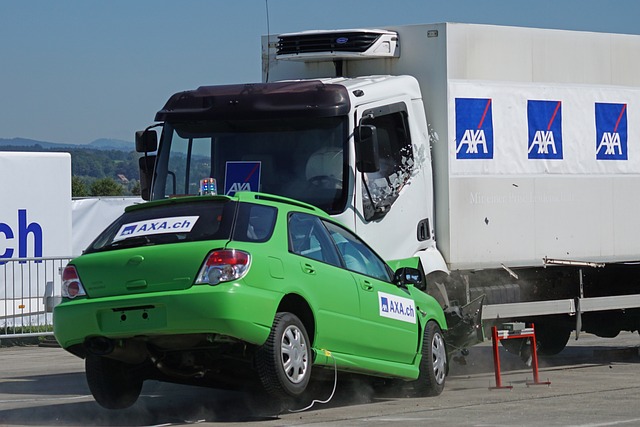
A headlight restoration service plays a significant role in promoting eco-friendly practices within the automotive industry. By revitalizing and repairing faded or damaged headlights, these services reduce the demand for new headlamp assemblies. This, in turn, minimizes the environmental impact associated with manufacturing processes, as well as the extraction of raw materials.
Moreover, choosing a headlight restoration service over a complete replacement encourages the reuse and repurposing of existing automotive parts. This approach aligns with the broader sustainability goal of reducing waste. Additionally, these services often employ eco-conscious methods and products, such as non-toxic cleaning agents and sustainable polishing materials, further mitigating the environmental footprint of auto body repair processes within vehicle body shops.
Longevity and Resource Conservation: A Green Perspective on Headlight Restoration Services

A headlight restoration service isn’t just about bringing faded or damaged headlights back to life; it’s also a powerful strategy for environmental sustainability. By extending the lifespan of automotive lighting components, these services reduce the demand for frequent replacements, thereby minimizing resource depletion and waste generation. Instead of constantly manufacturing new headlights, which requires significant energy and raw materials like glass, metal, and plastics, restoring existing ones is an eco-friendly alternative.
This green perspective extends to the overall auto bodywork sector, including bumper repair and Mercedes Benz repair specialties. By focusing on restoration, businesses contribute to a circular economy where products are reused, recycled, and repurposed. For example, the process might involve careful polishing to remove minor scratches or repainting to restore the original finish, all while significantly prolonging the headlight’s useful life. This longevity translates into fewer discarded automotive parts, reducing the environmental footprint associated with manufacturing and waste disposal in auto bodywork industries.
Headlight restoration services play a significant role in promoting environmental sustainability by addressing the impact of degraded headlights, which can contribute to reduced visibility and potential accidents. By restoring these essential safety features, we not only enhance road safety but also encourage eco-friendly practices. The process involves reducing waste, conserving resources, and minimizing the need for frequent replacements, all while keeping our vehicles in top condition. This green approach ensures a cleaner, safer environment for everyone on the roads, making headlight restoration services an integral part of modern automotive care.

